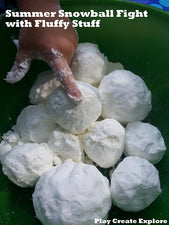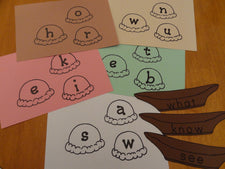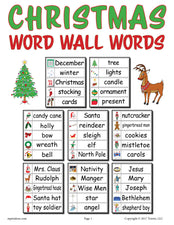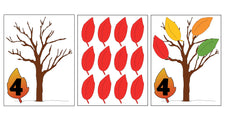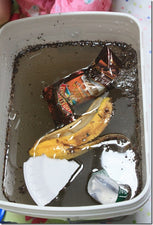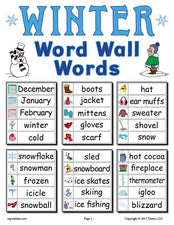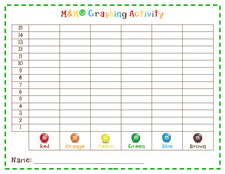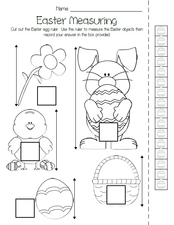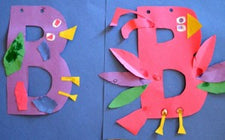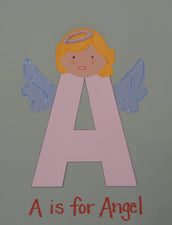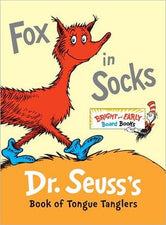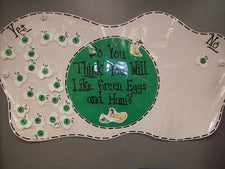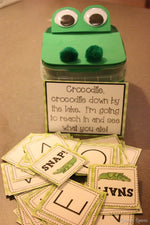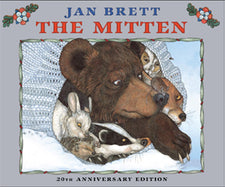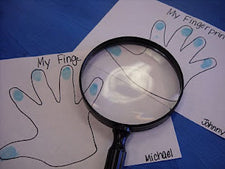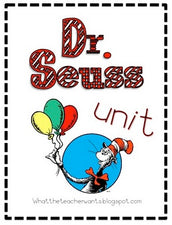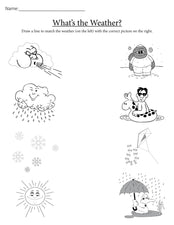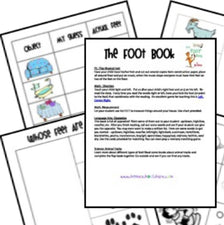Celebrating Dr. Seuss

Celebrate Reading Across America with the whimsical literature of Dr. Seuss - and this fantastic unit by Rachelle at What the Teacher Wants! You'll find everything from math exercises and crafts to science and language arts lesson ideas.
One Fish, Two Fish... Graphing
Provide students with a Styrofoam cup of Goldfish® Colors crackers. Invite them to dump and sort the fish based on color, count the number in each group, and record the results on the printable worksheet. Discuss the results as a class using terms like most, least, more than, less than, etc. Rachelle provides a summary data sheet for your students to complete as well.
Extension: Create a class graph that compiles one set of data points (i.e. have students vote on which color fish they had the most of, least of, etc.).
Horton Hears... Inflections
Introduce your students to inflections - big, bigger, biggest and small, smaller, smallest - with this Seuss themed exercise. Rachelle provides two sets of cutouts, a set of elephants and a set of flowers, which students are asked to sequence. The elephants will help students differentiate between big, bigger, and biggest, while the flowers will give them a visual representation of small, smaller, and smallest. After an introduction to these concepts, use Rachelle's worksheet to have students draw their own inflections.
Imagining Animals with Horton Hatches the Egg
Seuss's story crosses two unlikely animals - an elephant and a bird - to create a new jungle creature. Have your students create their own cross-breeds, mixing the qualities of two of their favorite animals. Rachelle's worksheet provides a space for students to draw their new creations.
Bartholomew and the Oobleck Science Experiment
Have your students explore states of matter {specifically liquids and solids} with this gooey science experiment. Start by discussing the properties of the two with your students, showing them examples, then provide each of them with a sample of oobleck to explore. Observing how different objects interact with the substance (marble, paperclip, etc.), how it feels, etc. have students describe the substance, discussing how the oobleck presents characteristics of both a liquid and a solid.
For more great Seuss-themed lesson ideas, be sure to download Rachelle's full Dr. Seuss unit at What the Teacher Wants!
